A Guided Tour of Australia’s Blue Mountains Follows Ancient Aboriginal Songlines
Yanna Muru’s walkabouts to sacred sites teach visitors about Darug culture
Hidden on the edge of a cliff in Australia's Blue Mountains, tucked away in the woods, a wallaby has been painstakingly carved into rock. It’s ancient, estimated to be at least 7,000 years old, and represents the baby Rainbow Serpent—a creator god, one of the key figures in Aboriginal Australian beliefs. Each Aboriginal clan envisions these gods in a different form, and the wallaby is common to the Darug people, who lived in these mountains.
Pre-colonization Aboriginal culture is thought to have lasted more than 60,000 years in Australia, from prehistory to the late 1700s when European settlers moved in, forcing a lifestyle change. The Australian Museum estimates that before Europeans arrived, there were about 750,000 people on the continent speaking roughly 700 different language dialects. The tribes were nomadic, moving from one hunting ground to the next, following seasonal variations and protecting fragile ecosystems from overuse.
“Their way of life is the exact opposite of the modern way of life in every aspect,” Evan Yanna Muru, an Aboriginal Australian and owner of Blue Mountains Walkabout tour company, told Smithsonian.com. Yanna Muru leads guests on full-day walkabouts throughout the Blue Mountains, sharing knowledge about the culture and how pre-colonization members of the Darug clan lived in the area.
Each of Yanna Muru’s walkabouts follow sacred songlines—the name given to the paths that Aboriginal tradition says creation gods, like the Rainbow Serpent, took through Australia. Walkabouts themselves are sacred things, too; it was a right of passage for young Aboriginal men to live alone in the wilderness for up to six months to learn the knowledge they needed for the next phase of their lives, following sacred songlines on their paths.
Through his walkabouts, Yanna Muru strives to teach visitors part of the Lore of the Dreaming, or, part of the collective knowledge of Aboriginal elders. He leads participants through the mountains, along a partial songline that follows the birth of the baby Rainbow Serpent (depicted in the aforementioned wallaby carving) and ends near a waterfall he refers to as the “womb of the Earth Mother”—as the mother Rainbow Serpent was responsible for creating lakes, rivers and waterfalls. On the way, guests learn about bush tucker, native foods to the Australian wilderness that the Aboriginal population survived on—like wild fig and yams—and medicinal plants, such as the leaves of the lemon-scented tea tree that provided a form of natural deodorant, and mint and eucalyptus, which are considered medicines meant to sharpen your mind and ease symptoms of illness. At one stop on the tour, Yanna Muru shows how to create multi-color paints from ochre in the surrounding rock and encourages everyone to paint their own interpretation of Aboriginal art onto leaves and themselves.
For Yanna Muru, the walkabouts are a way to preserve and raise awareness of an indigenous culture that is in danger of disappearing. Today, Aboriginal people make up only 2% of Australia's population, and the last full-blooded member of the Darug clan died off in the late 1800s, after European settlers brought small pox, took their land and killed many in conflicts. Now, the younger generation with mixed Darug and European ancestry are trying to protect and revive the culture—a difficult undertaking in an increasingly modern society. In order to become fully recognized as Aboriginal by the clan elders, followers of the culture need to go through an initiation rite, the details of which are kept secret until it actually occurs. Today, Yanna Muru says, only about 10 percent of the community is choosing to undergo the ritual.
“We need to change the method of teaching or the knowledge will be lost,” he said. “This [tour] is my way of changing the method.” But, he says, “a day is just a taste. You won't get sufficient understanding in just one day.” At the end of each walkabout, Yanna Muru sends guests home with extensive notes on Aboriginal culture and how to live the lifestyle, but he cautions, “Knowledge is a stepping stone to wisdom. It is not wisdom until it's practiced.”
/https://tf-cmsv2-smithsonianmag-media.s3.amazonaws.com/accounts/headshot/JenniferBillock.png)
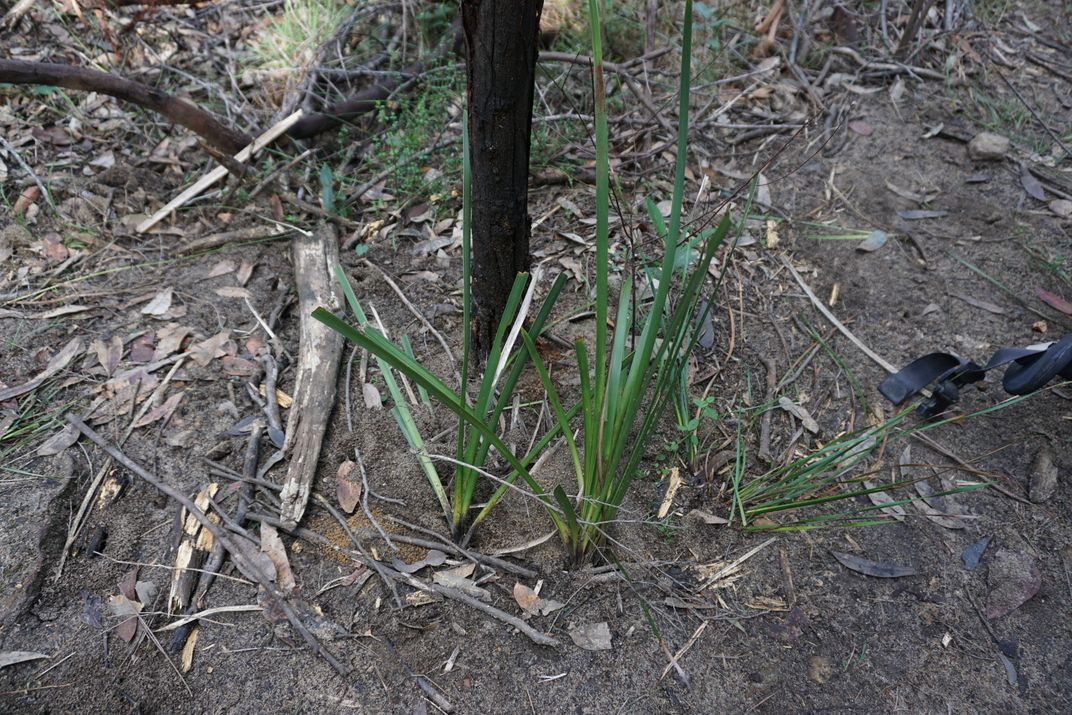
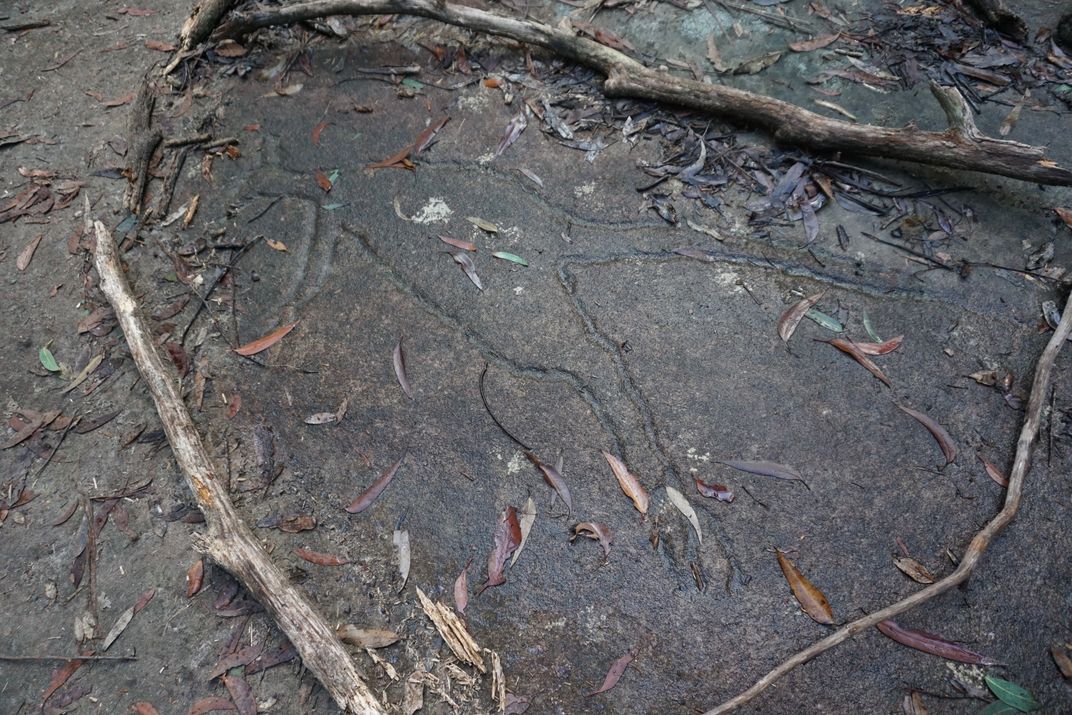
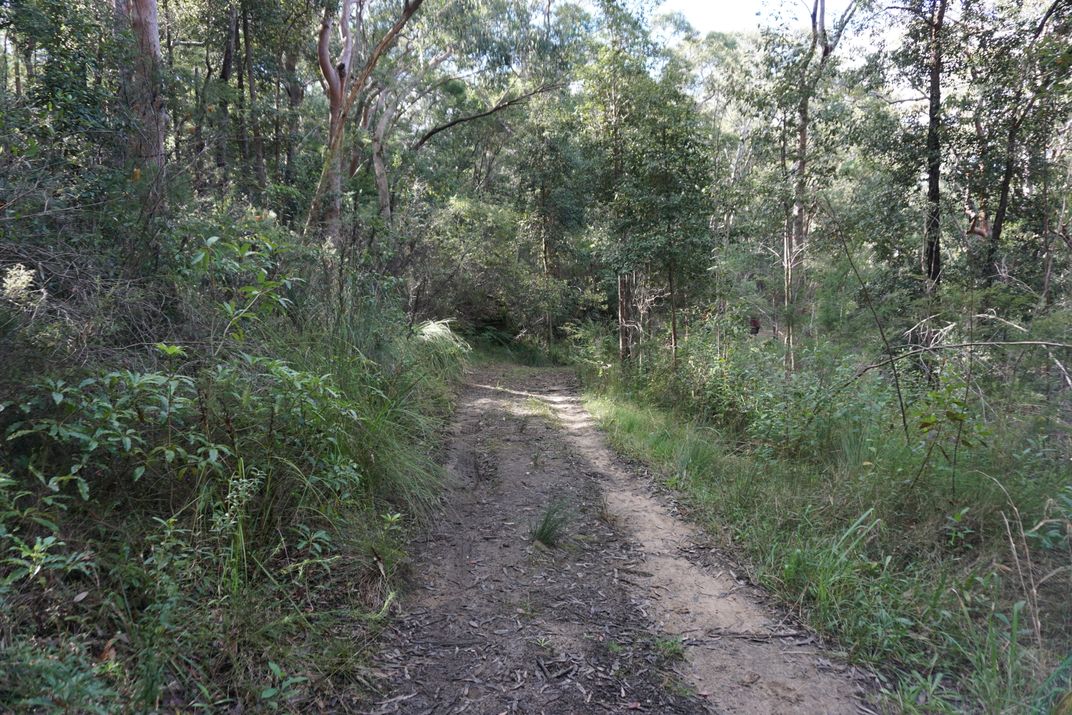
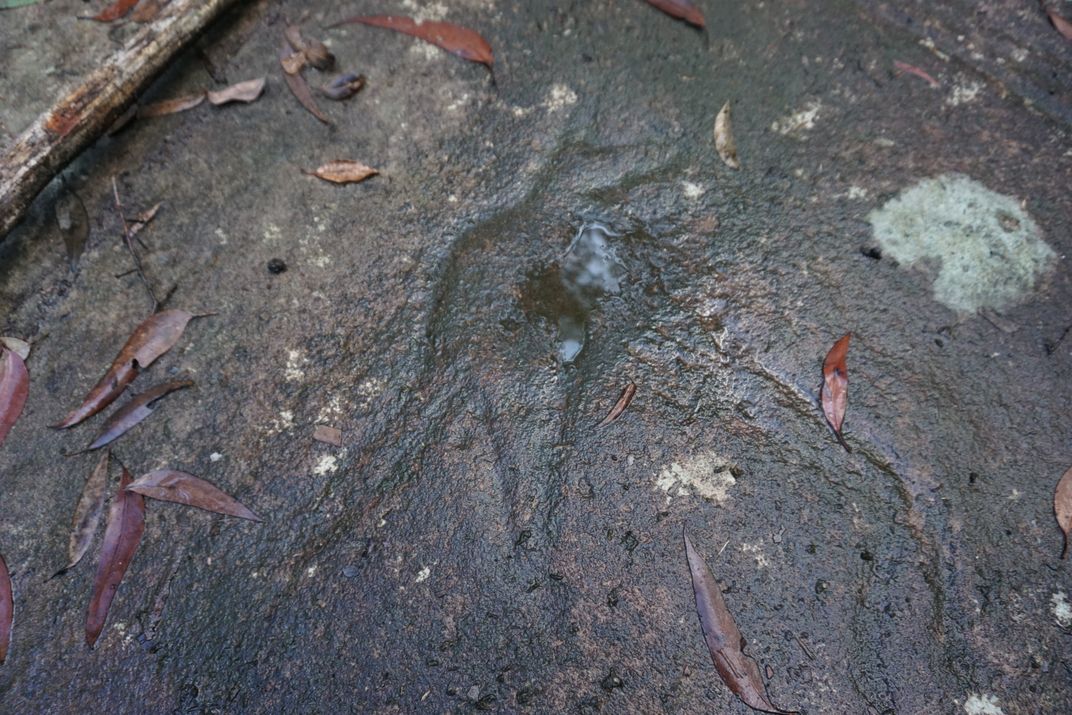
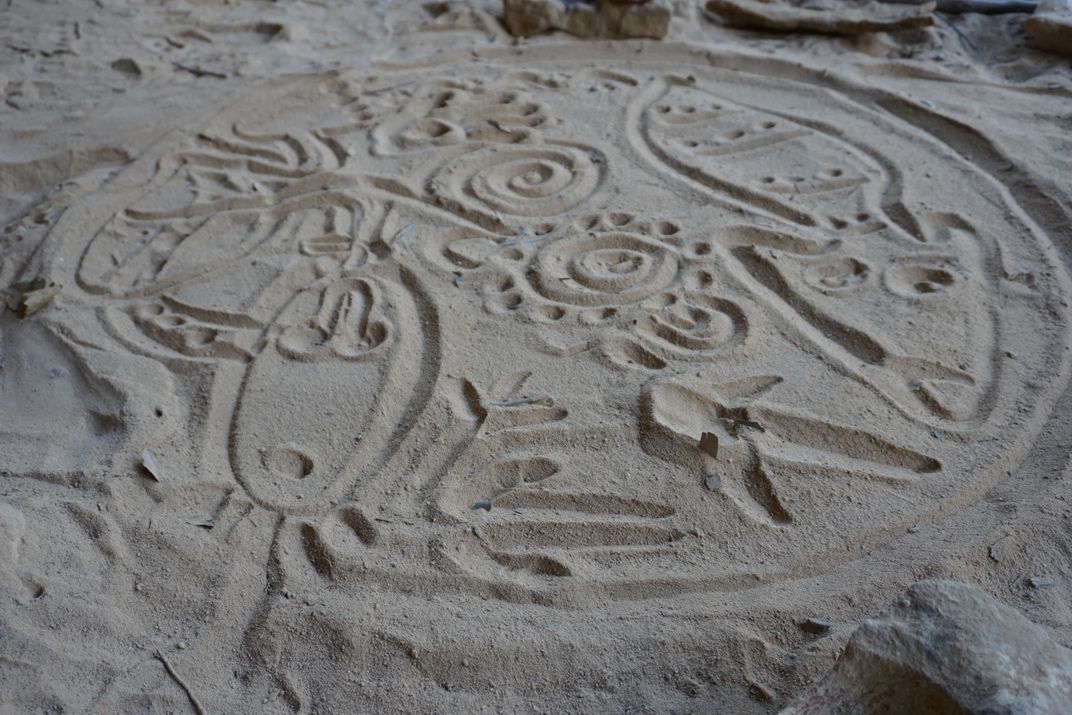
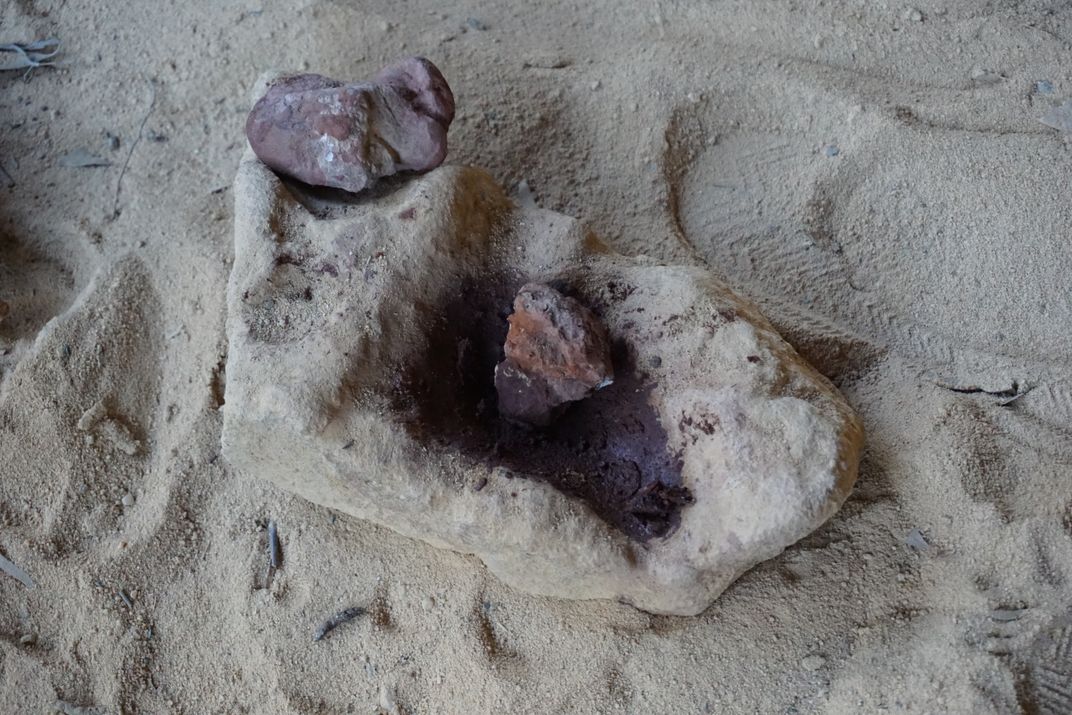
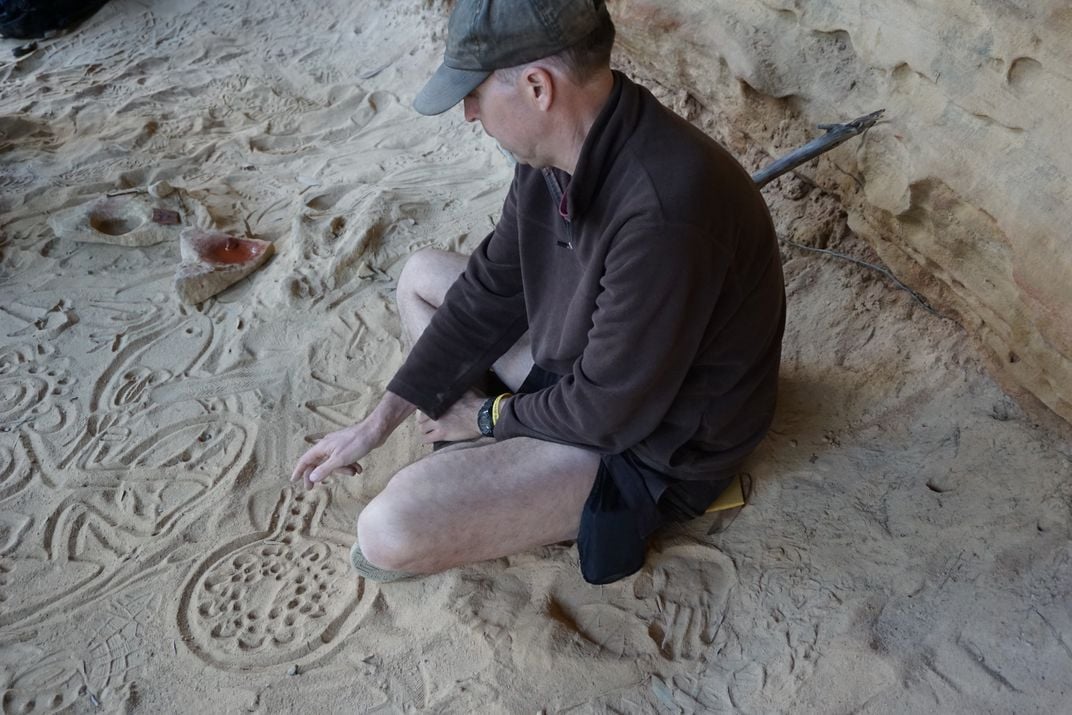
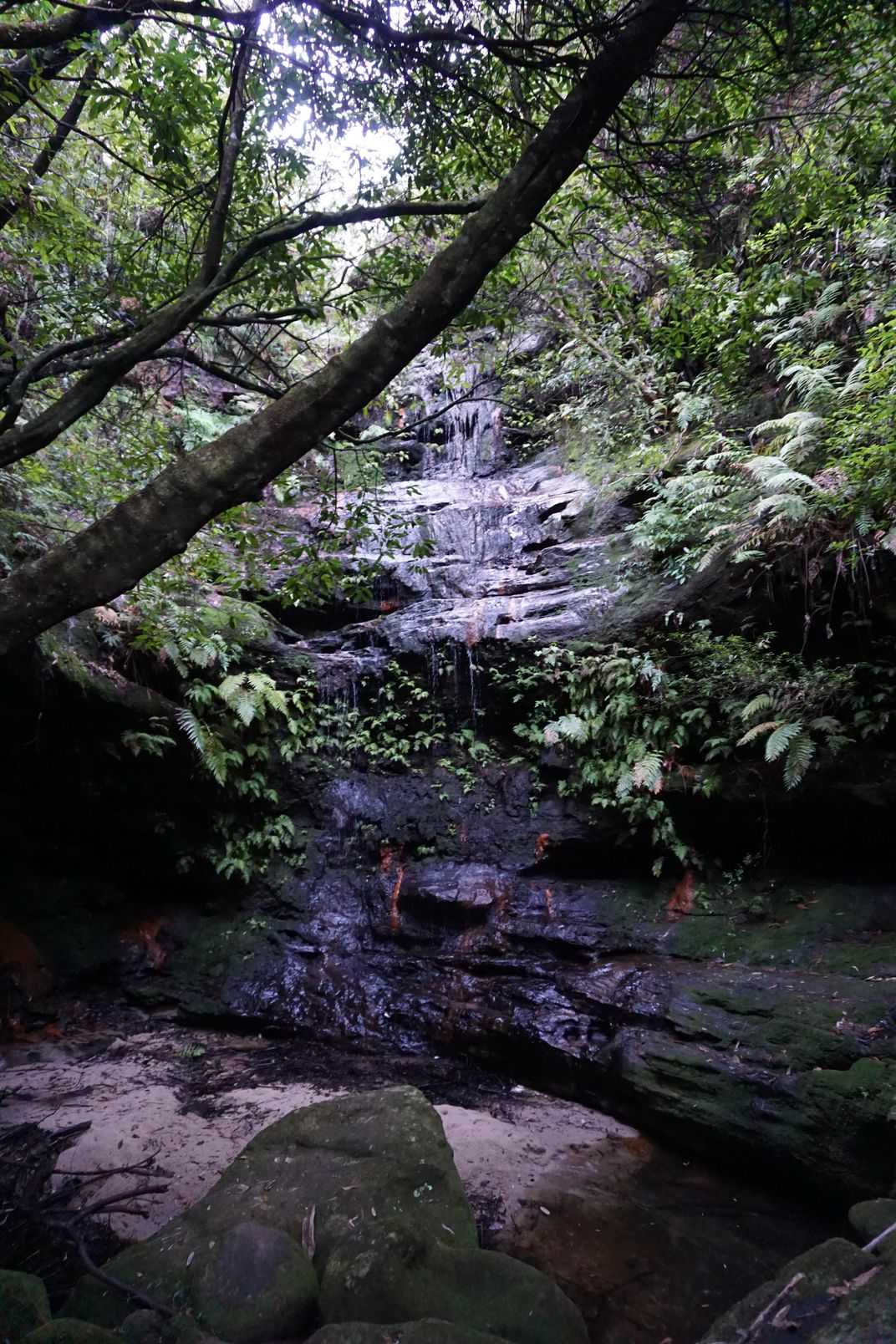
/https://tf-cmsv2-smithsonianmag-media.s3.amazonaws.com/accounts/headshot/JenniferBillock.png)